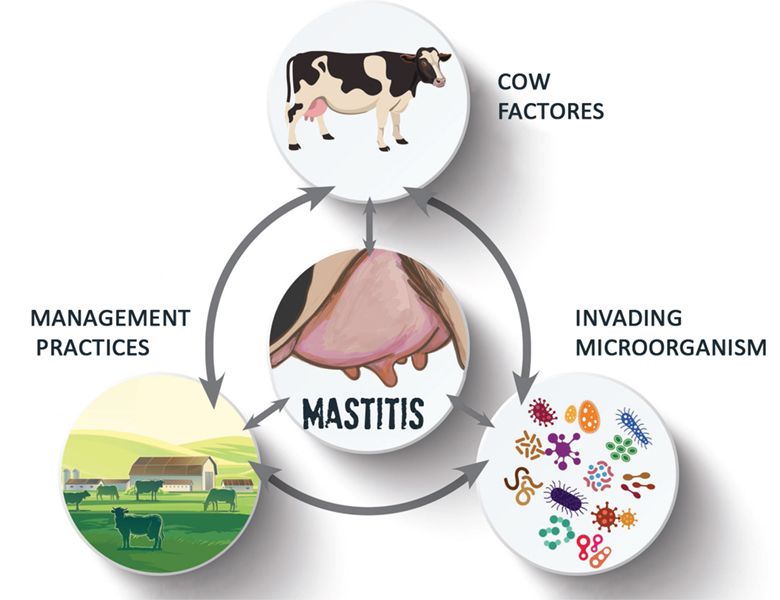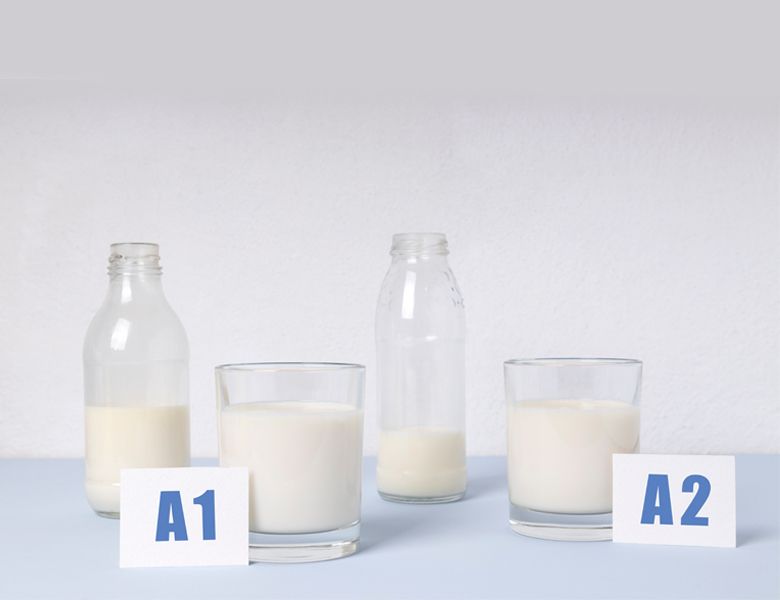The relationship between Cow Mastitis Management and Profitability Improvement

- | آتاماد | News |
- 626
One of the serious threats to a dairy’s profitability is something that is not conspicuous. Julia Somerdin, CEO and Co-founder of Labby Inc.
, a company that is aimed to build cutting-edge technology to provide fast, accurate, and affordable solutions for dairy farms, detailed the profit-saving potential of finding mastitis as soon as possible.
“Regardless of how well the farm is managed, twenty-five percent of cows catch mastitis every year,” Somerdin said. “Subclinical mastitis, can be compared to COVID in having no symptoms. When the farmer is not able to see the cows with mastitis, so that they are not aware of an urgent need for treatment, and consequently they would lose their profit.”
As for the traditional mastitis testing, it does not let a farmer catch mastitis soon enough according to Somerdin. In many cases, the visual signs through which a producer typically seeks, become visible right after somatic cell count has gone up and begun to affect premiums. By the time a CMT or a monthly DHI report is done, both production and quality have already reduced significantly, and it is out of the question to monitor changes in SCC between the times of the tests.
Somerdin has proposed a profit-saving solution that is the inline and standalone testers for milk analysis which can diagnose mastitis by measuring SCC, both frequently and on a regular basis. By means of the handheld device, it is possible to check a single raw milk sample for fat, protein, and SCC. On the other hand, automated testing for the same components across the whole herd is provided by inline sensing and the lab-quality results are available within seconds.
Early detection is possible with the availability of both handheld and inline testing, and this way it is possible to closely monitor high-risk individuals and especially the transition cows. Marty and Corinne Paulhamus of Williamsport, described the profound implications this type of technology have for their 52-cow herd. “It makes a major difference in catching mastitis as soon as possible for such a small farm,” Corinne said. Marty confirmed, “If we have a cow making 100 lbs., a case of mastitis is going to charge us $400.
In addition to early detection, access to individual cow data is a key factor to maintain milk quality, administer timely and exact treatments, and prevent mastitis from spreading throughout the herd. “That’s what we need,” Corinne said. “
Somerdin said while this kind of technology and precision comes with a moderate cost, it provides a quick ROI by compensating labor costs, automating testing, and offering a new generation of data and analytics that forecasts and avoids failures.
https://www.dairyherd.com/news/dairy-production/can-cow-side-mastitis-management-improve profitability#:~:text=DAIRY%20PRODUCTION-,Can%20Cowside
%20Mastitis%20Management%20Improve%20Profitability%3F,-(Hannah%20Barthels)
GET IN TOUCH
Copyright © 2023 Atamad.com All right reserved
Website design and SEO services by Seohama team – Web hosting by Sarverhama
Copyright © 2023 Atamad.com All right reserved
Website design and SEO services by Seohama team – Web hosting by Sarverhama








